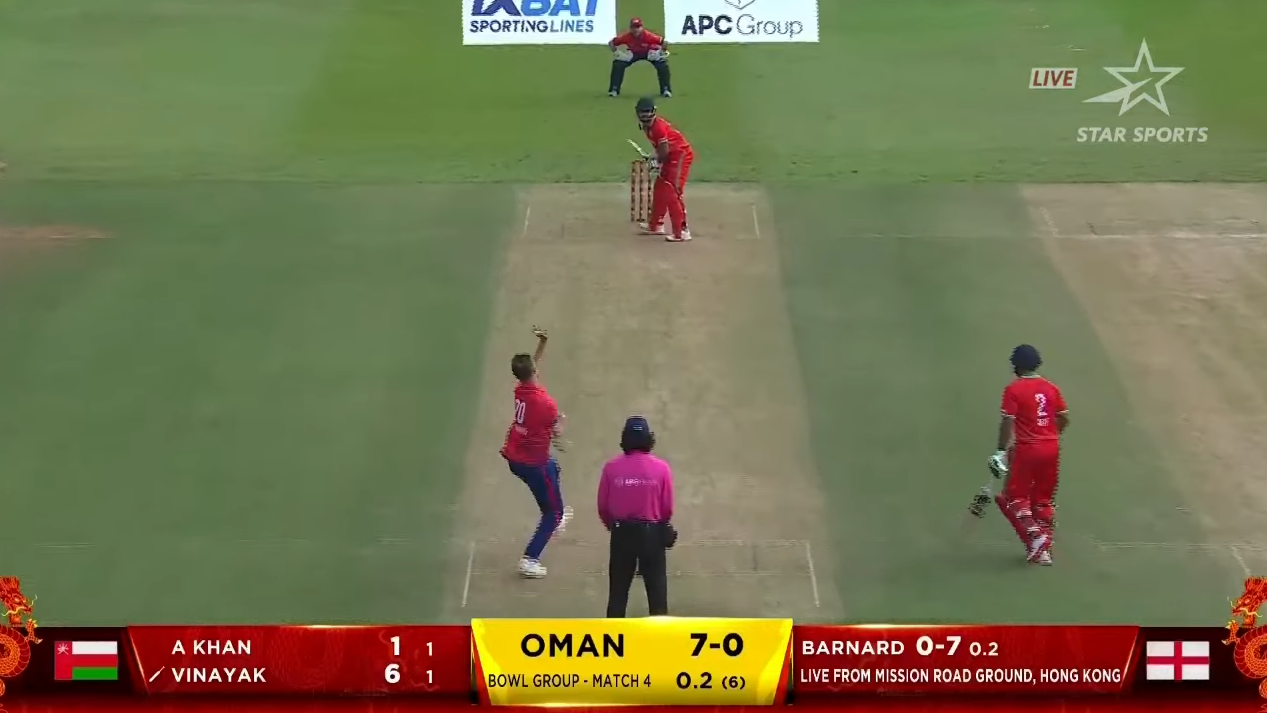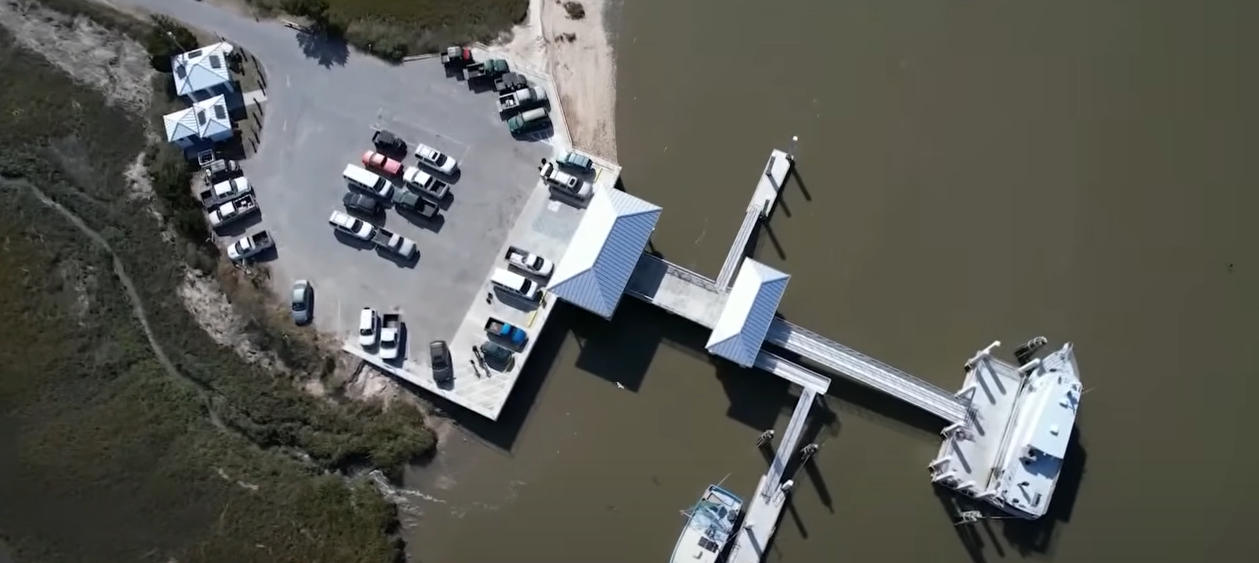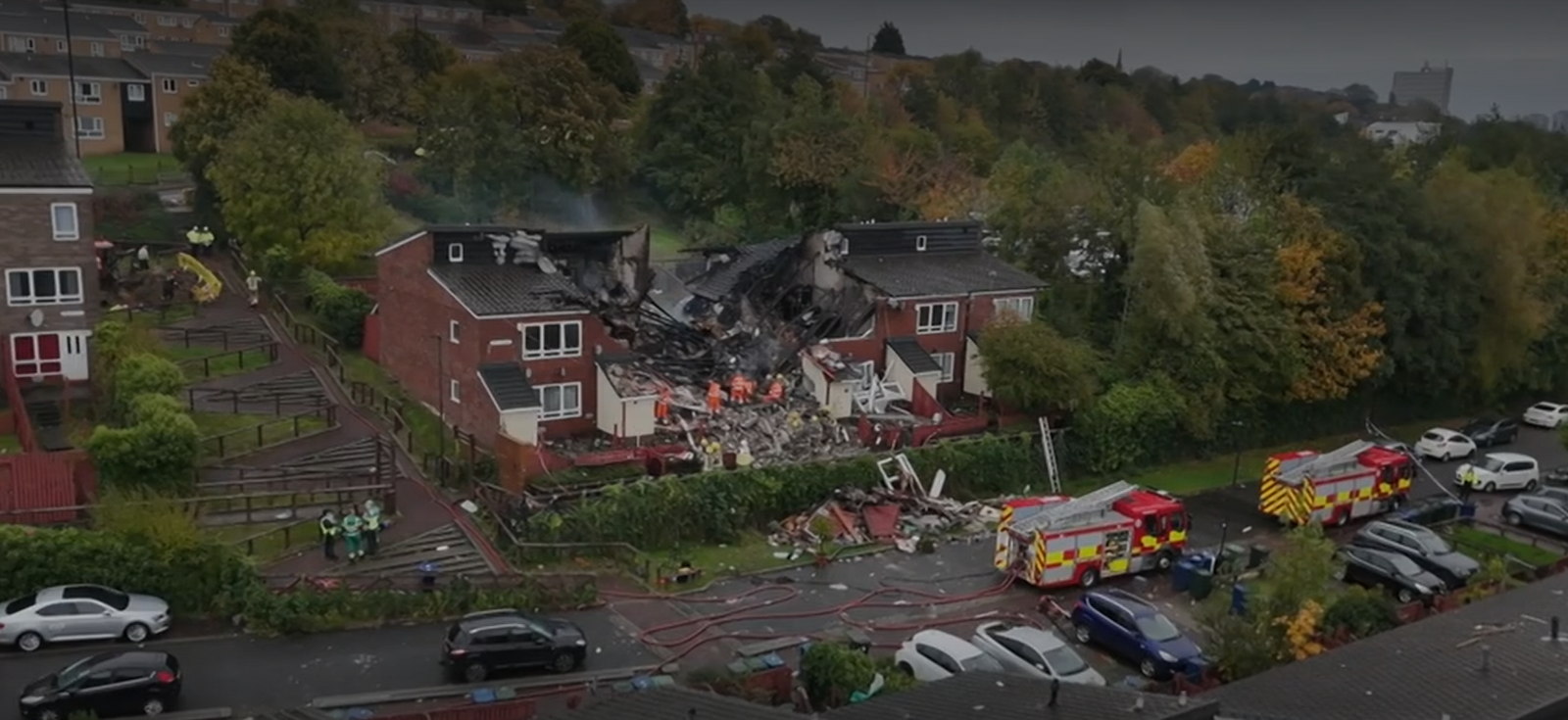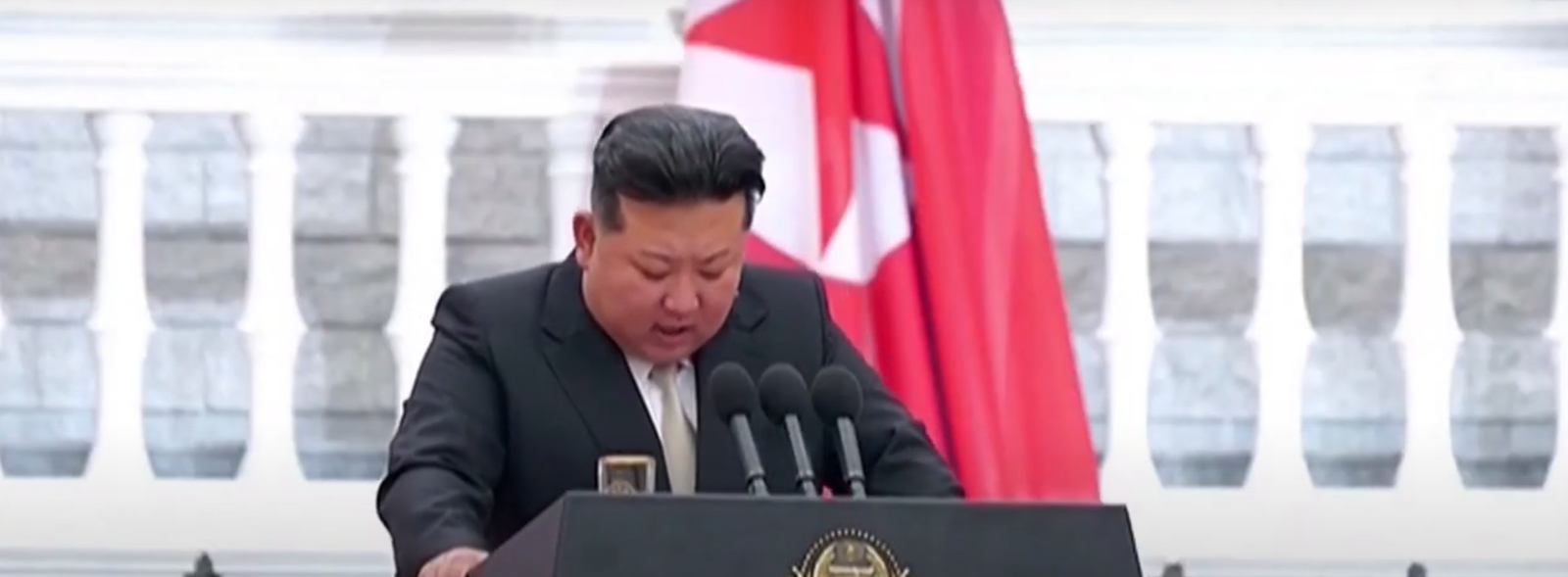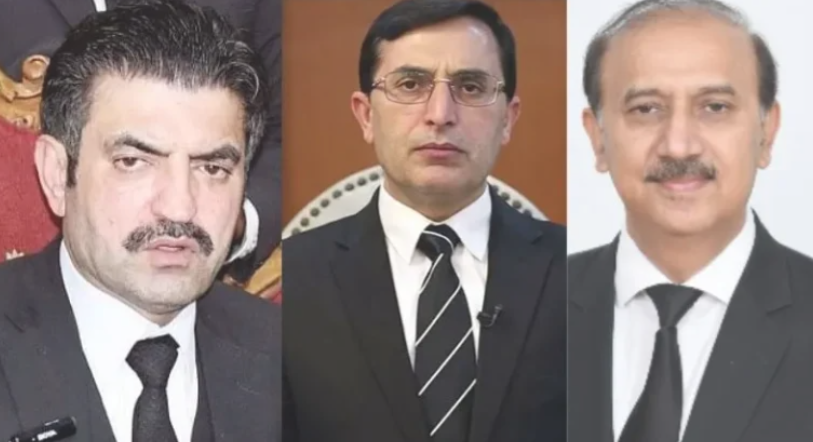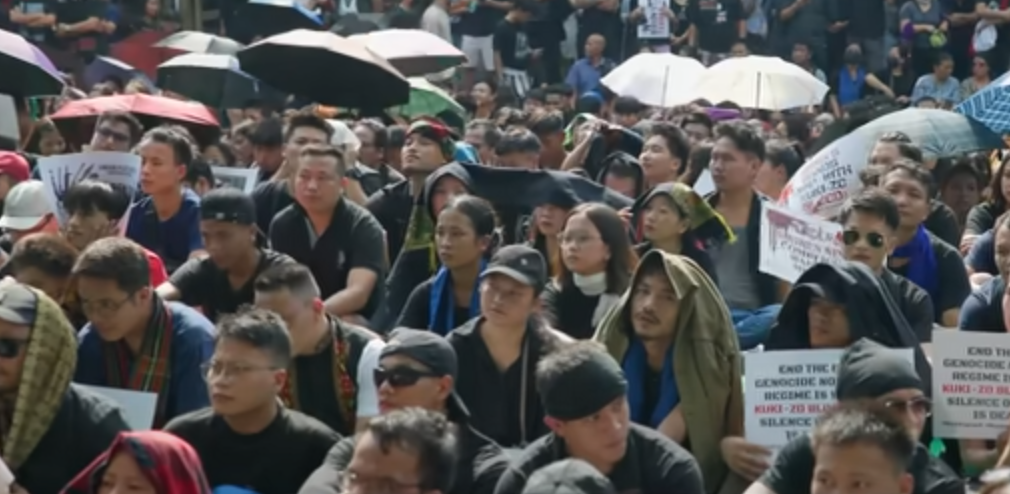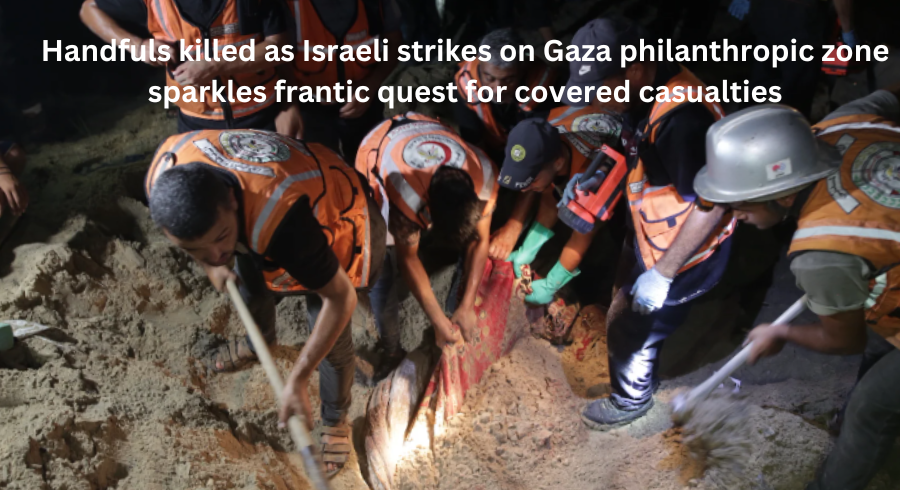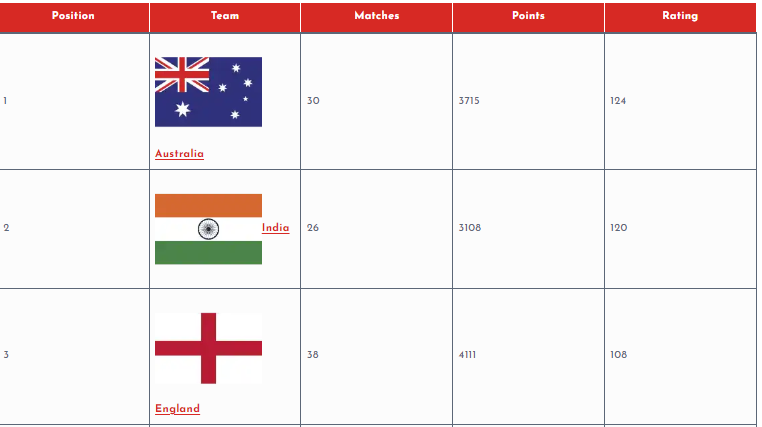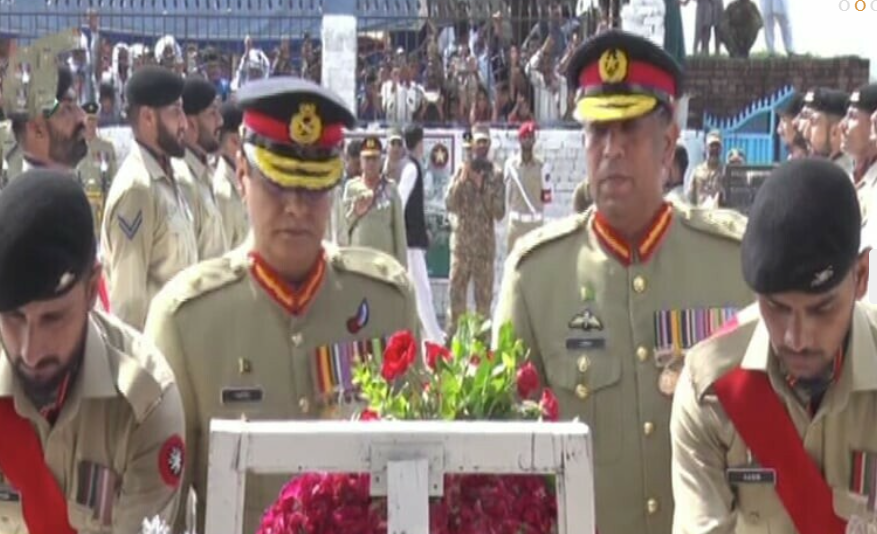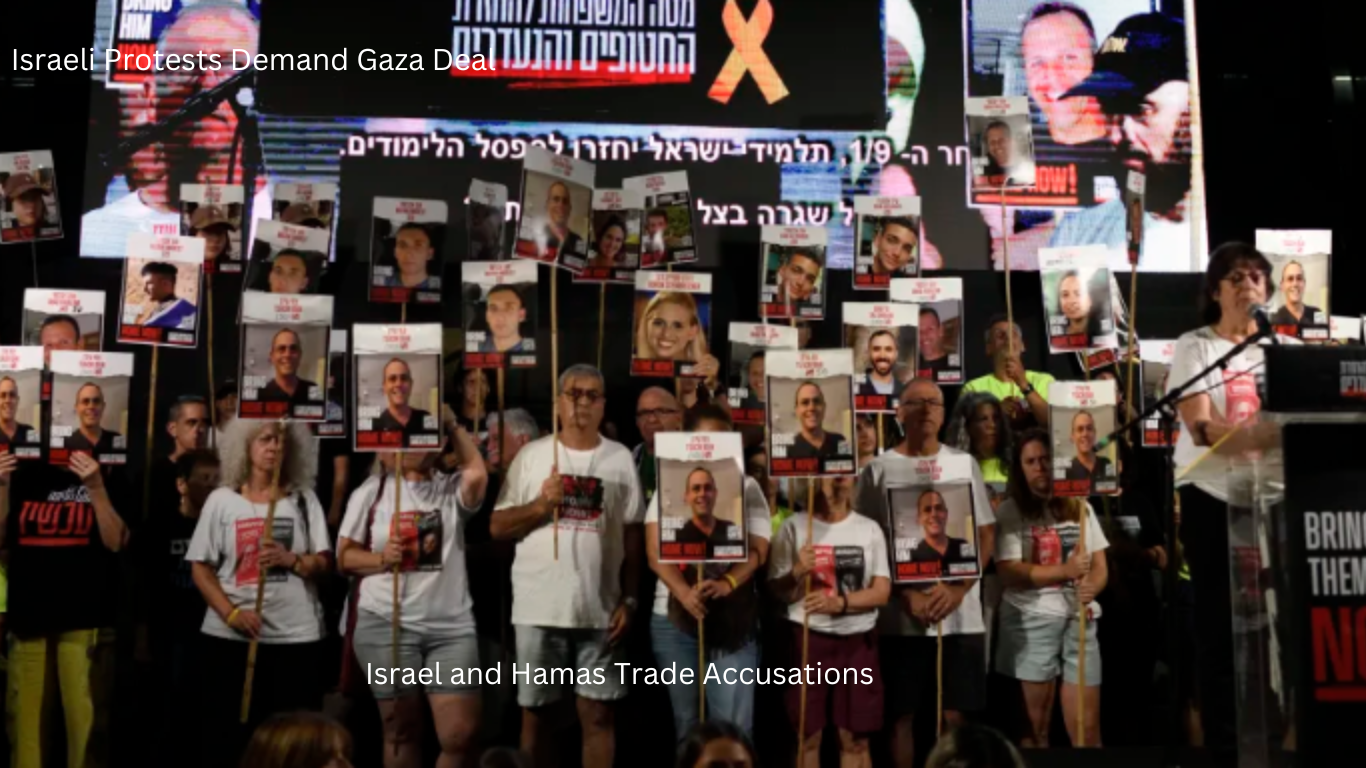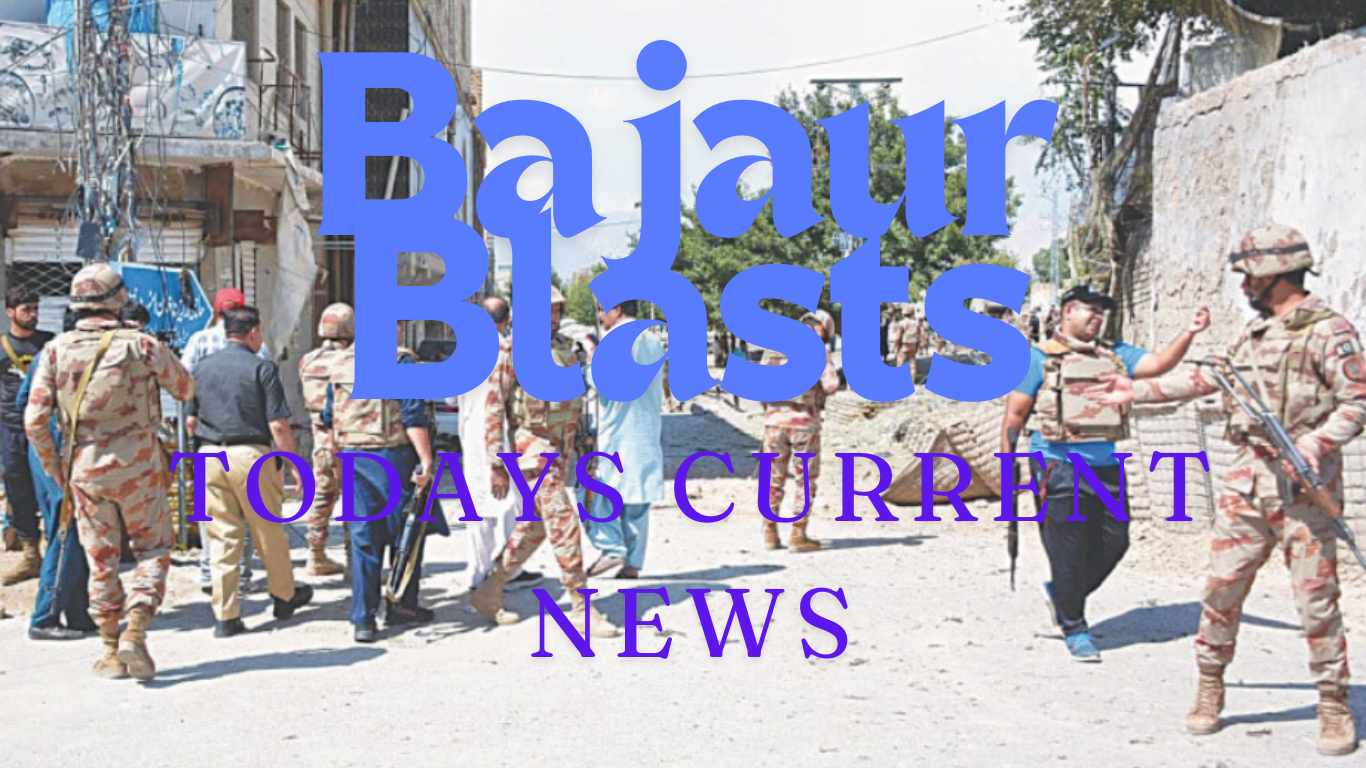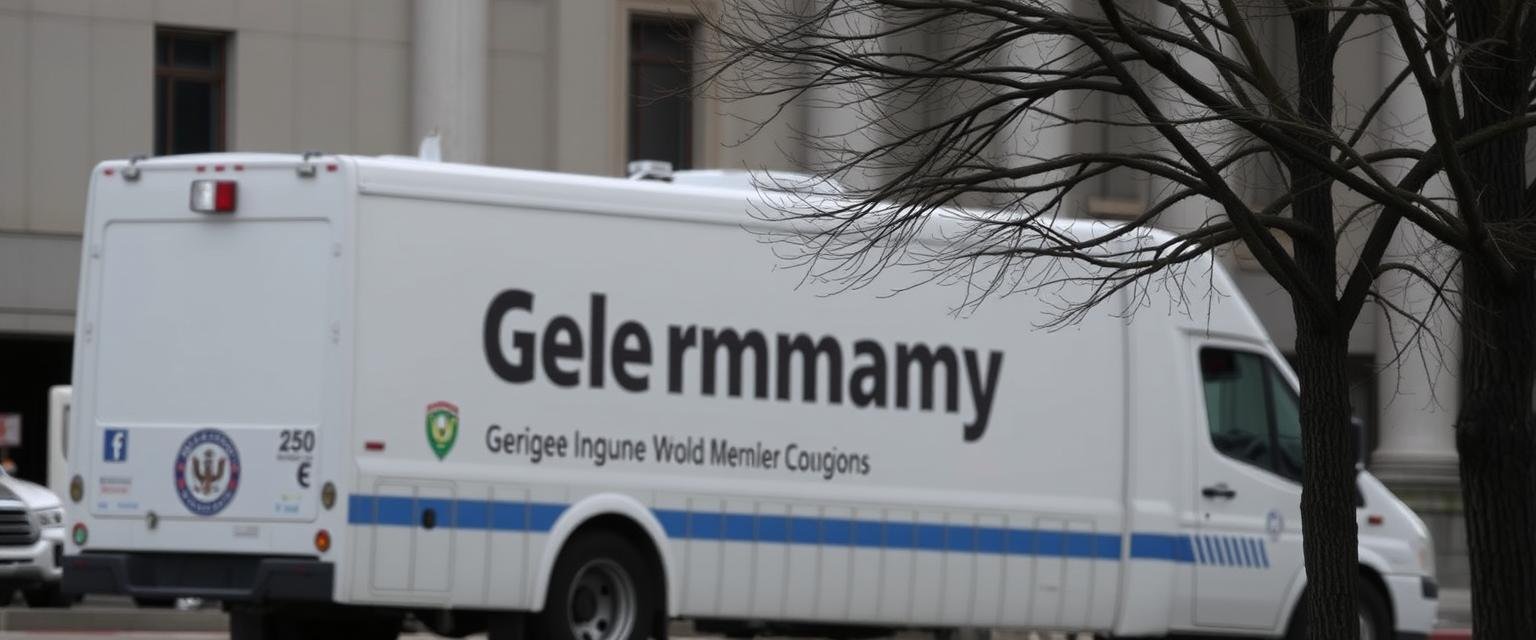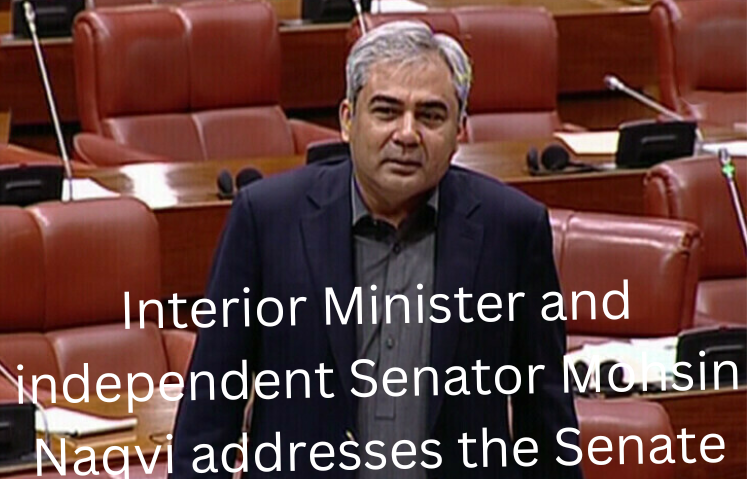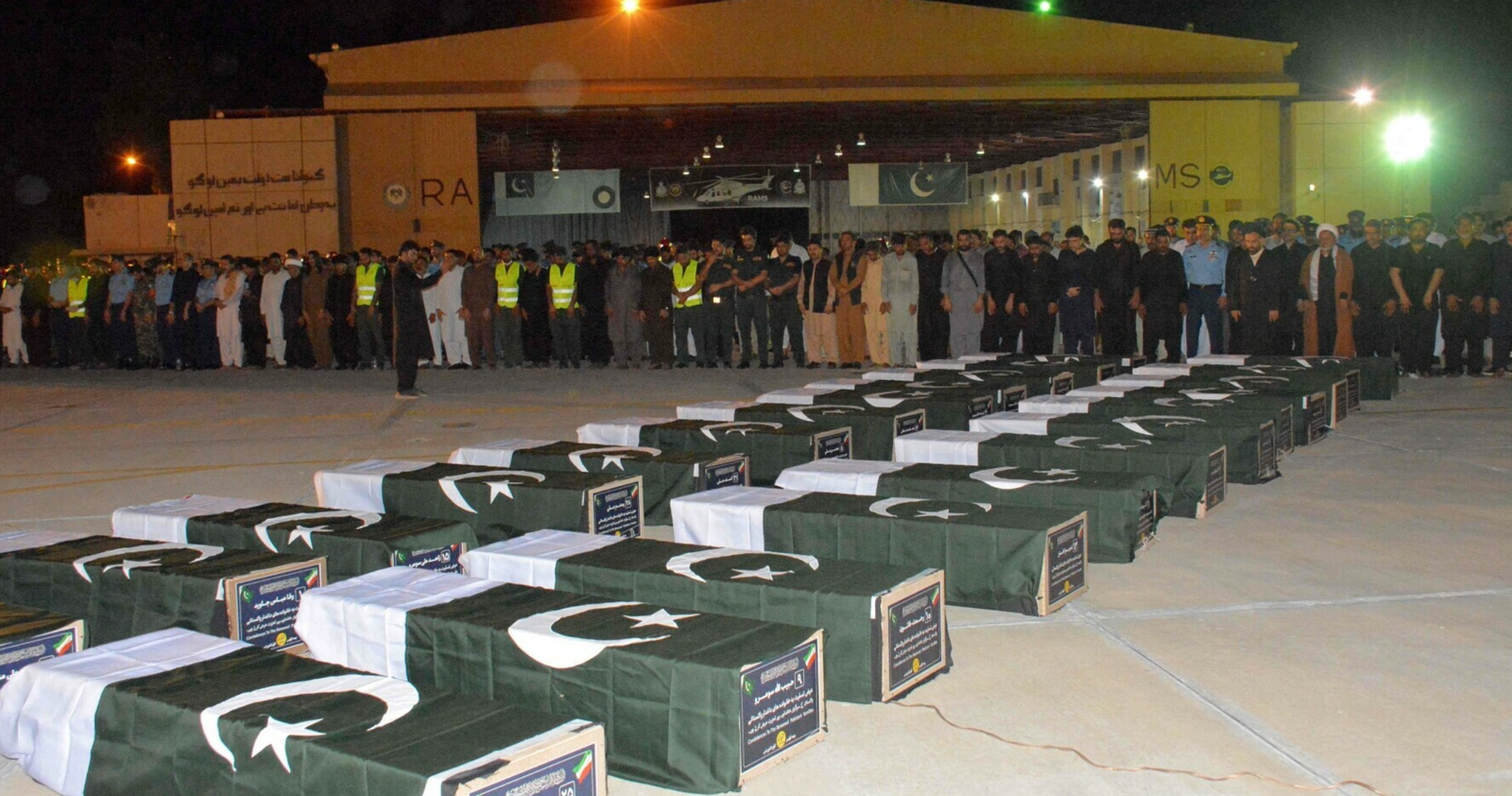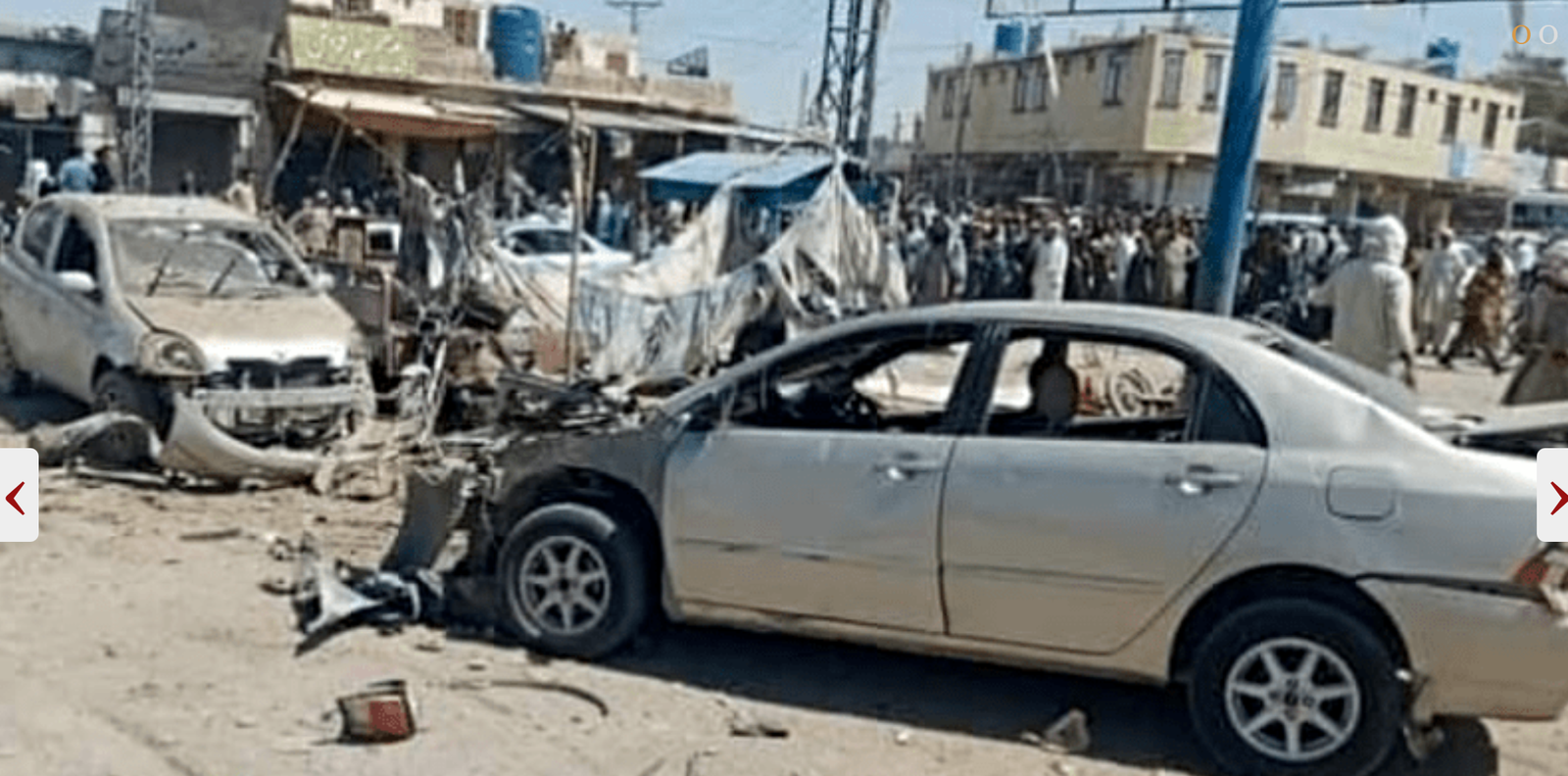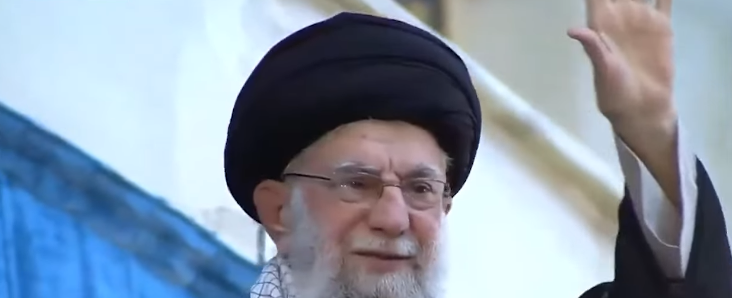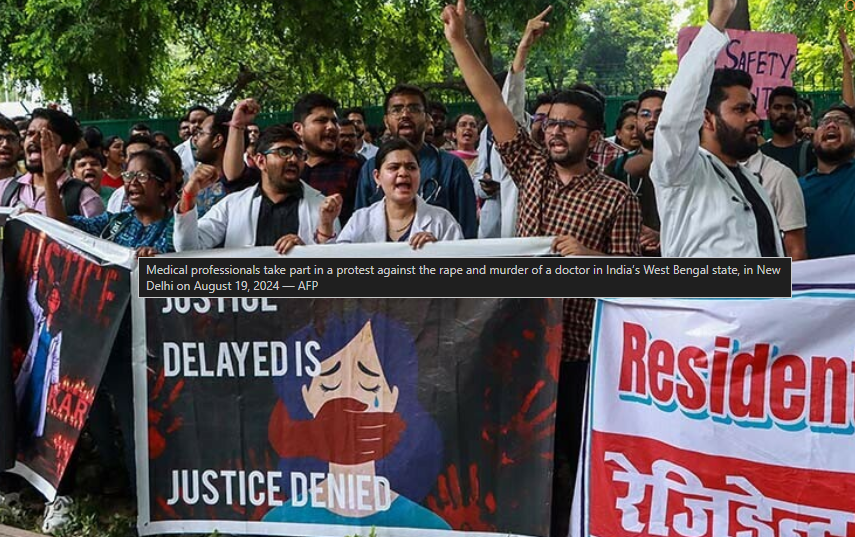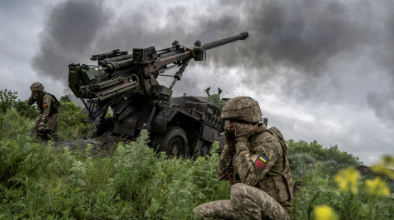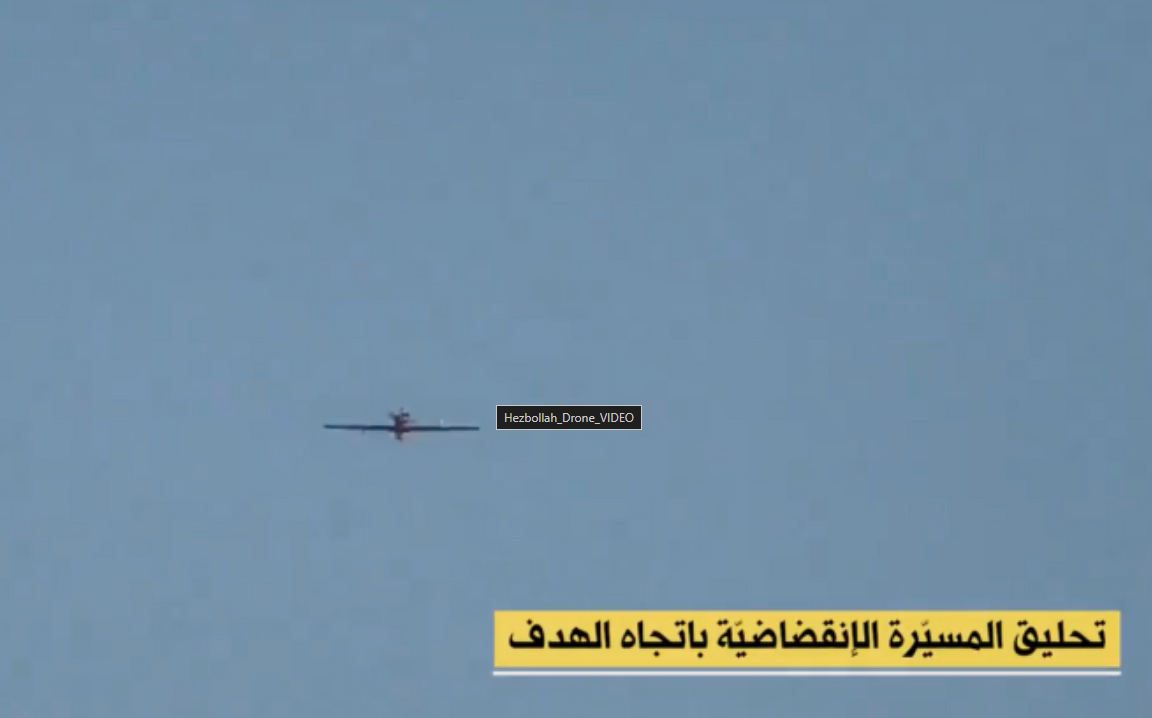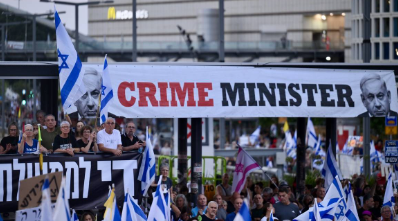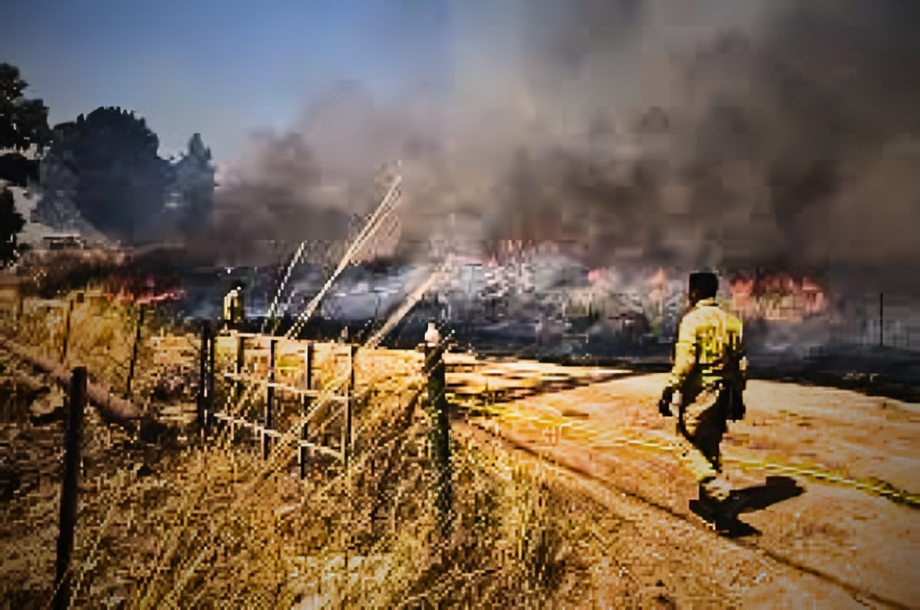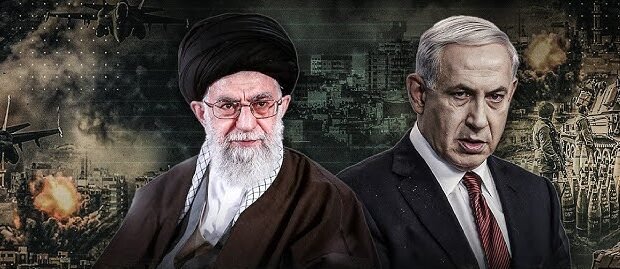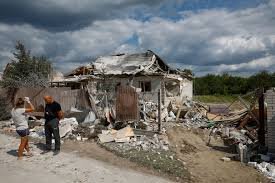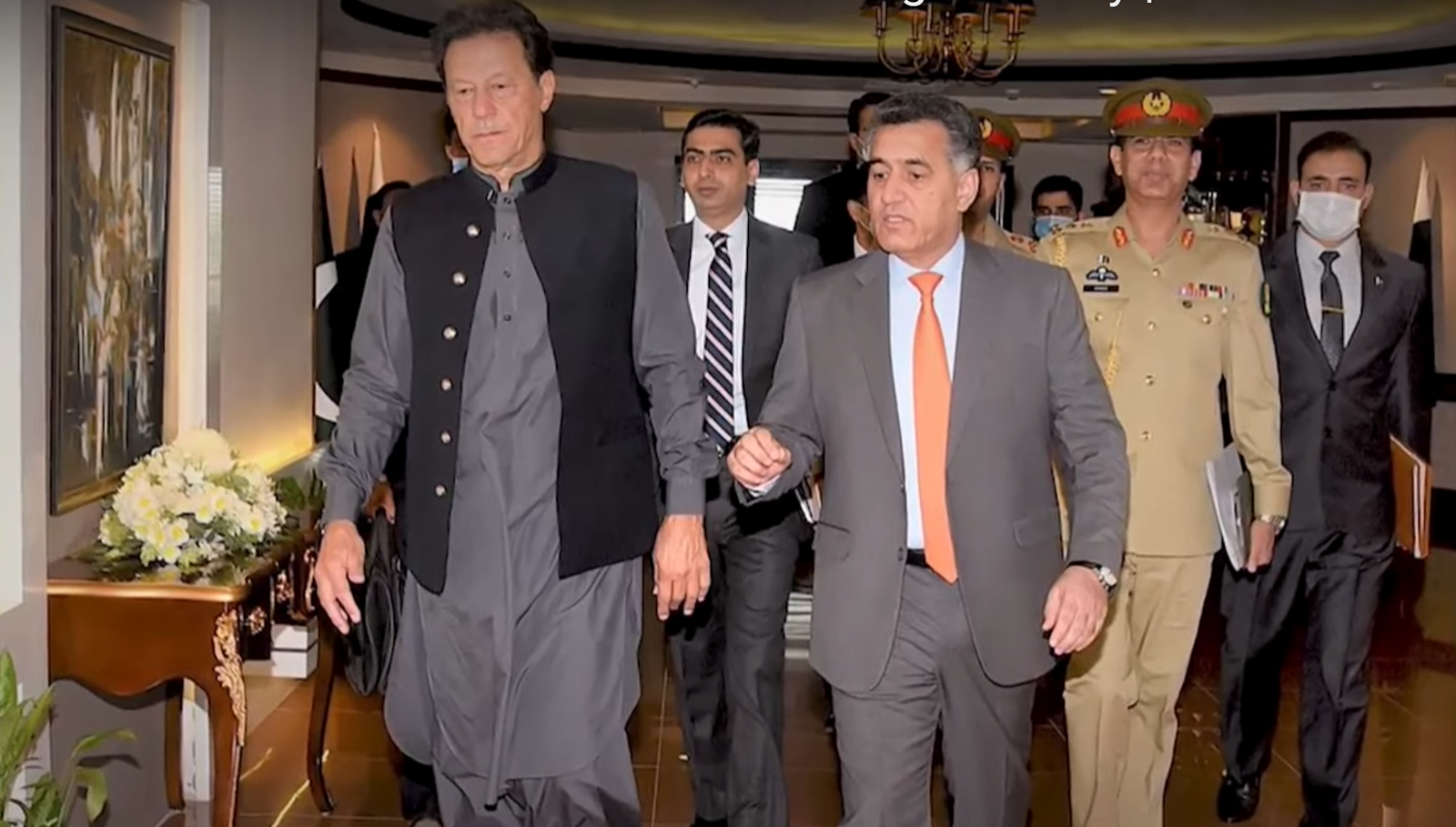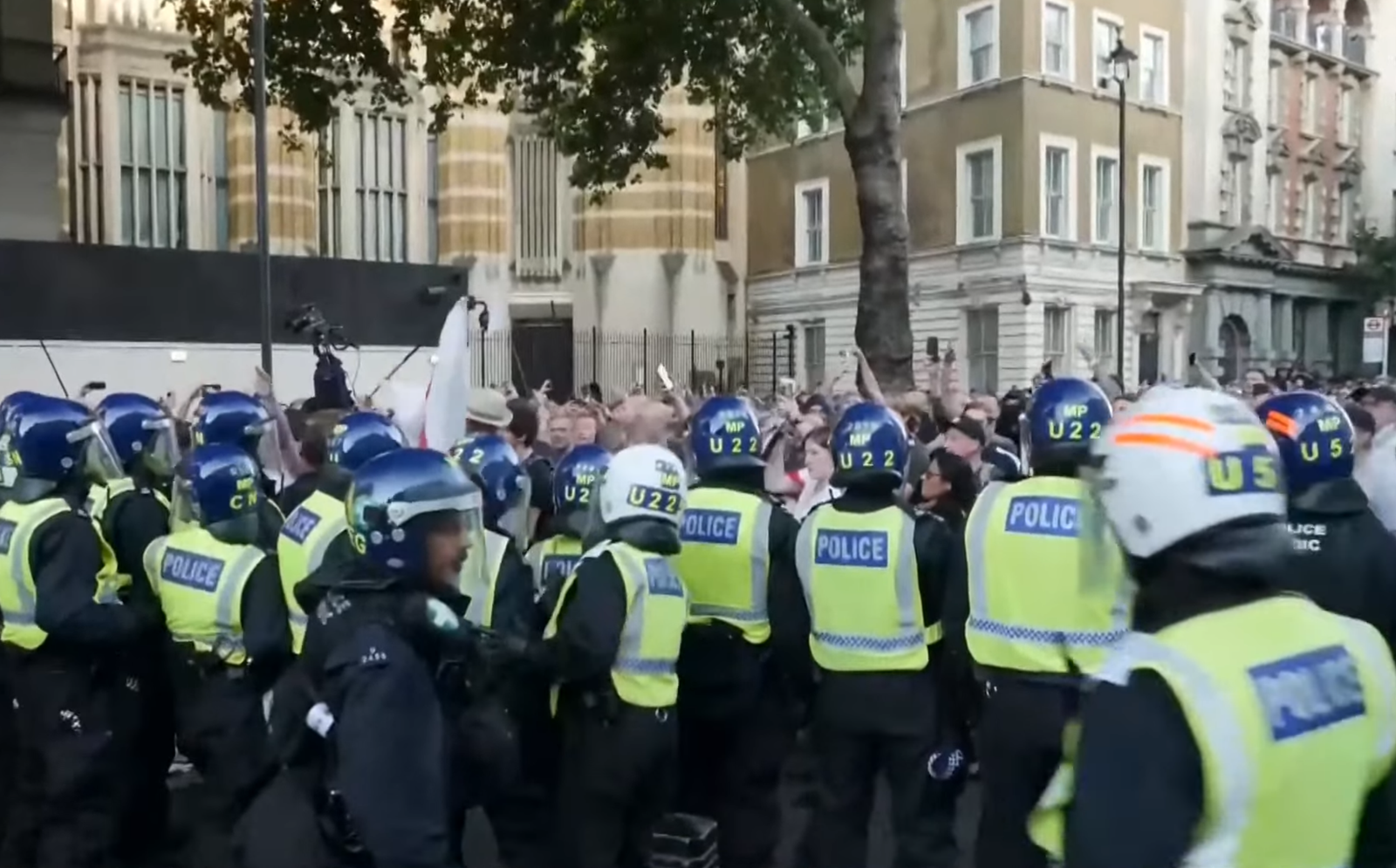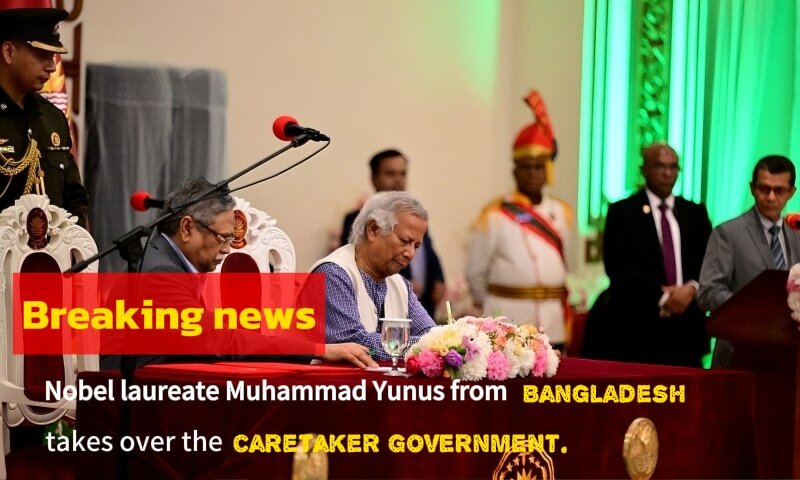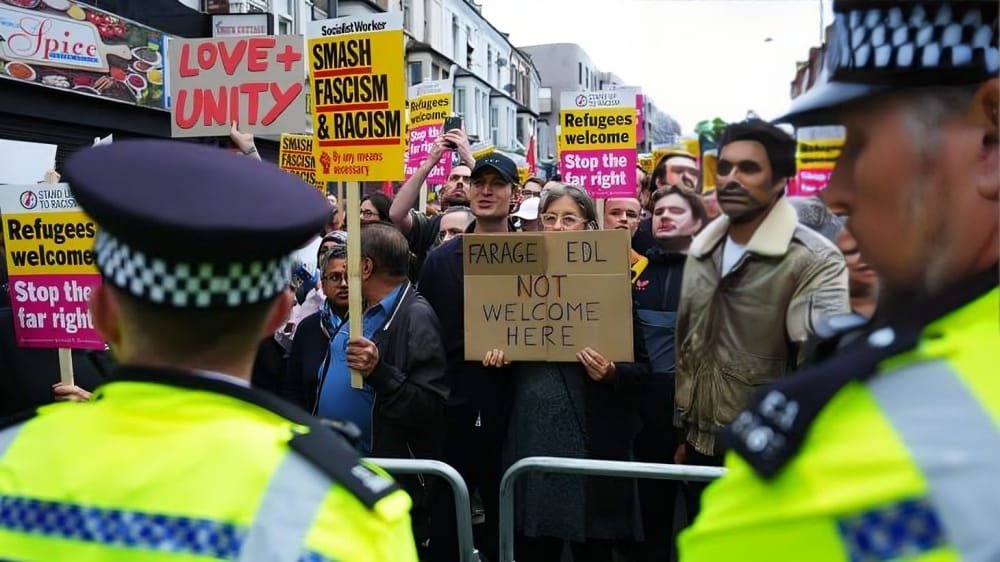
The hostage recovery in Gaza has been reported by the Israel Defense Forces (IDF), who stated that the bodies of six hostages were retrieved from the Gaza Strip. The bodies, identified as Yagev Buchshtab, Alexander Dancyg, Avraham Munder, Yoram Metzger, Nadav Popplewell, and Haim Perry, were recovered from the Khan Younis area on Monday. Previously, the deaths of five of these individuals had been confirmed by Israel, although it had been believed that Avraham Munder was still alive.
Subsequently, the operation was conducted by the IDF in coordination with the Israel Security Agency. It was mentioned by the Hostage Families Forum that this recovery has provided the families with the necessary closure. Furthermore, it was emphasized that the release of the remaining 109 hostages in Gaza can only be achieved through a negotiated agreement. Therefore, the Israeli government was urged to finalize the current deal on the table.
Meanwhile, negotiations regarding a ceasefire and the release of hostages are ongoing, with US Secretary of State Antony Blinken actively pushing for an agreement in the Middle East. On Monday, it was announced that Israeli Prime Minister Benjamin Netanyahu had accepted a US “bridging proposal” during a meeting in Tel Aviv. Additionally, Israeli President Isaac Herzog extended his condolences to the families and emphasized the need for continued efforts to secure the return of all remaining hostages.
The military operation in Gaza had been launched by Israel in response to a major attack by Hamas on southern Israel on October 7, during which around 1,200 people were killed and 251 were taken hostage. Since the beginning of this conflict, more than 40,000 people have been reported killed in Gaza, according to the Hamas-run health ministry in the territory.
In this section, the blog introduces the topic by highlighting the recent actions taken by the Israel Defense Forces (IDF) in Gaza. The main focus is the retrieval of the bodies of six hostages, who were previously held in the Gaza Strip. The mention of the specific names—Yagev Buchshtab, Alexander Dancyg, Avraham Munder, Yoram Metzger, Nadav Popplewell, and Haim Perry—adds a human element to the report, making it more personal and impactful. The blog also clarifies that while five of these deaths had already been announced, Avraham Munder was believed to be alive until his body was found. This creates a sense of closure and finality to a tragic situation.
The Operation and Its Implications
Original Blogpost:
“Subsequently, the operation was conducted by the IDF in coordination with the Israel Security Agency. It was mentioned by the Hostage Families Forum that this recovery has provided the families with the necessary closure. Furthermore, it was emphasized that the release of the remaining 109 hostages in Gaza can only be achieved through a negotiated agreement. Therefore, the Israeli government was urged to finalize the current deal on the table.”
Detailed Explanation:
Here, the blog explains how the operation was carried out. It was not just the IDF but also the Israel Security Agency that worked together to recover the bodies. This teamwork underscores the seriousness and complexity of the operation. The Hostage Families Forum, a group that likely represents the interests and emotions of the families involved, is mentioned to highlight the emotional impact of the recovery. The use of the word “closure” suggests that while the situation is tragic, finding the bodies has at least provided some solace to the grieving families.
The blog then shifts to the broader implications of the hostage situation. It emphasizes that the remaining 109 hostages in Gaza are still a significant concern. The phrase “can only be achieved through a negotiated agreement” stresses the importance of diplomatic efforts over military action for resolving this crisis. The call to the Israeli government to finalize the current deal underscores the urgency of the situation and the desire for a peaceful resolution.
Ongoing Negotiations and Diplomatic Efforts
Original Blogpost:
“Meanwhile, negotiations regarding a ceasefire and the release of hostages are ongoing, with US Secretary of State Antony Blinken actively pushing for an agreement in the Middle East. On Monday, it was announced that Israeli Prime Minister Benjamin Netanyahu had accepted a US ‘bridging proposal’ during a meeting in Tel Aviv. Additionally, Israeli President Isaac Herzog extended his condolences to the families and emphasized the need for continued efforts to secure the return of all remaining hostages.”
Detailed Explanation:
This section of the blog delves into the ongoing diplomatic efforts aimed at resolving the crisis. The word “Meanwhile” serves as a transitional phrase, linking the previous discussion about the recovery operation to the broader context of ongoing negotiations. US Secretary of State Antony Blinken is highlighted as a key figure in these diplomatic efforts, signaling the involvement of international actors in the situation. The mention of a “bridging proposal” indicates that there is a specific plan on the table, one that aims to bridge differences between the involved parties, facilitating progress toward a ceasefire and the release of hostages.
The blog also includes a statement from Israeli President Isaac Herzog, who offers condolences to the families of the deceased. His call for continued efforts to bring back the remaining hostages reinforces the notion that while progress has been made, the crisis is far from over. The use of phrases like “need for continued efforts” implies that the situation requires persistent attention and action from both Israeli and international leaders.
Background and Context
Original Blogpost:
“The military operation in Gaza had been launched by Israel in response to a major attack by Hamas on southern Israel on October 7, during which around 1,200 people were killed and 251 were taken hostage. Since the beginning of this conflict, more than 40,000 people have been reported killed in Gaza, according to the Hamas-run health ministry in the territory.”
Detailed Explanation:
The final section provides essential background information that contextualizes the entire situation. It explains that Israel’s military operation in Gaza was a direct response to a severe attack by Hamas on October 7. The numbers provided—1,200 people killed and 251 taken hostage—illustrate the scale and severity of the attack. This context is crucial for understanding why Israel launched a military operation and why the hostage situation is such a significant issue.
The blog also mentions the broader human cost of the conflict, noting that more than 40,000 people have died in Gaza according to the Hamas-run health ministry. This statistic highlights the devastating impact of the conflict on both sides and serves as a sobering reminder of the ongoing violence and loss of life.







